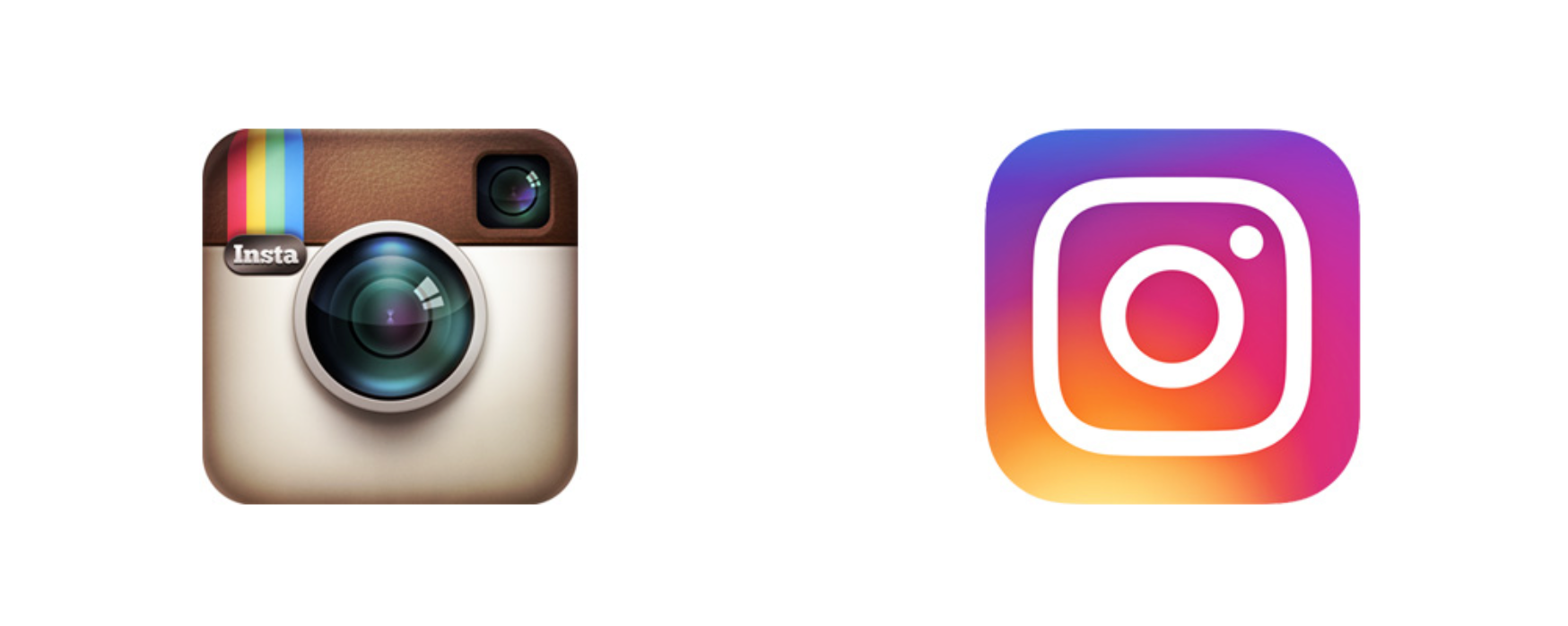Aptrinsic’s CEO, Nick Bonfiglio writes an insightful summary of customer experience and customer acquisition in SaaS.
Beginning with how the traditional customer acquisition model has worked so far, Nick says…
Think about the correlation between downloading a whitepaper, opening an email or visiting a website and the buyer’s intention to purchase a product. Can you truly say with much certainty that these buyer activities strongly indicate an intent to purchase? No, you can’t, yet this is the criteria marketing uses to determine when it’s time to pass a lead to sales.
Owing to digital transformation, customers can now access information about the product through other channels including the web, mobile, the social media, and online customer reviews such as the likes of Amazon, which leads to self-buying journeys. The preceding practice of gathering customer information & applying the notion of having acquired a sales lead through lengthy forms has ceased to exist to exist today. Nick points out,
As a result, your prospects are no longer willing to wait and jump through lead forms to try your software. Simply put, they now expect to try a product early in a buying cycle. In other words, SaaS prospects are saying, “Don’t tell me how great your product is; let me try your product and judge for myself.” And if you don’t make that possible, prospects will turn around and sign up to try your competitor’s product instead.
He cites apps like Slack, Asana, InVision, etc. as prime examples of early customers on-boarding which do not ask prospective buyers to fill forms but they engage with them through a ‘freemium’ product model.
It is an insightful article which I believe, would be valuable to product managers and designers as they strategize on product designs. It’s also a wonderful narrative on customer acquisition which is one of the most important facets of product management today.


